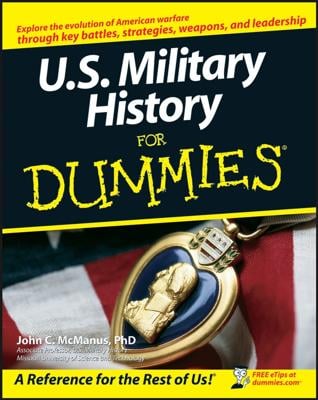As president, Lyndon Baines Johnson inherited a host of problems after John F. Kennedy’s assassination, not the least of which was a growing mess in Southeast Asia, particularly Vietnam. Before World War II, Vietnam had been a French colony, and after the Japanese were defeated and driven out, it reverted to French control.
But despite U.S. monetary aid, France was driven out of the country in 1954 by communist forces led by a man named Ho Chi Minh. The country was divided in two, with the communists controlling the northern half. Elections were scheduled for 1956 to reunite the two halves.
But they never took place, mostly because South Vietnam dictator Ngo Dinh Diem was afraid he would lose. The U.S. supported Diem (at least until 1963, when he became so unpopular he was assassinated with the U.S. government’s unofficial blessing).
At first, the support amounted to financial aid. Then U.S. military “advisors,” who were not directly engaged in combat, were sent. But the pressure to do more mounted as the fighting dragged on, and by the time of Kennedy’s assassination, 16,000 “advisors” had been sent to Vietnam.
Sinking deeper into a confusing war
Shortly after taking office, Johnson ordered 5,000 more U.S. troops to Vietnam and made plans to send another 5,000. In August 1964, he announced that U.S. Navy ships had been attacked in international waters near the Gulf of Tonkin.
Congress reacted by overwhelmingly approving a resolution that gave Johnson the power to “take all necessary measures” to protect U.S. forces. A few months later, LBJ ordered U.S. bombings of targets in North Vietnam. By March 1965, more than 100,000 U.S. troops were in the country. Within three years, that number had swelled to more than 500,000.
It was a lot of people to fight a war no one seemed to understand how to win. The United States had overwhelming military superiority. But it was mostly designed for fighting a conventional war, with big battles and conquered territories.
Vietnam was different. It was essentially a civil war, which meant it was sometimes tough to figure out who was on whose side. The communists in the south were called the Vietcong. They were aided by North Vietnamese Army troops, referred to as the NVA. The dense jungle terrain made it difficult to locate and fight large concentrations of the enemy.
There were conflicts between U.S. political leaders who wanted to contain the war and military leaders who wanted to expand it. Finally, the lack of clear objectives and declining public support demoralized many American soldiers.
Taking a look at the Tet Offensive
On January 31, 1968 — the Vietnamese New Year, called Tet — communist forces unleashed massive attacks on U.S. positions throughout Vietnam. The Tet Offensive, televised nightly in the United States, shocked many Americans who had the idea that the United States was rather easily handling the enemy.
In fact, U.S. forces eventually pushed the North Vietnamese forces back and inflicted huge casualties on them. But the impact the fighting had on U.S. public opinion was equally huge. Opposition to the war grew more heated and contributed mightily to LBJ’s decision not to run for reelection in 1968.

